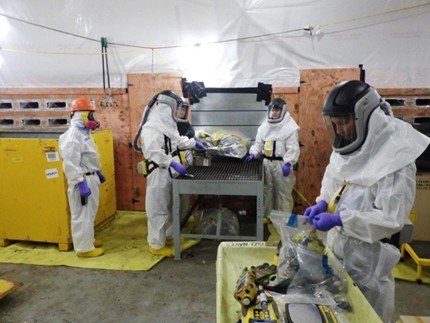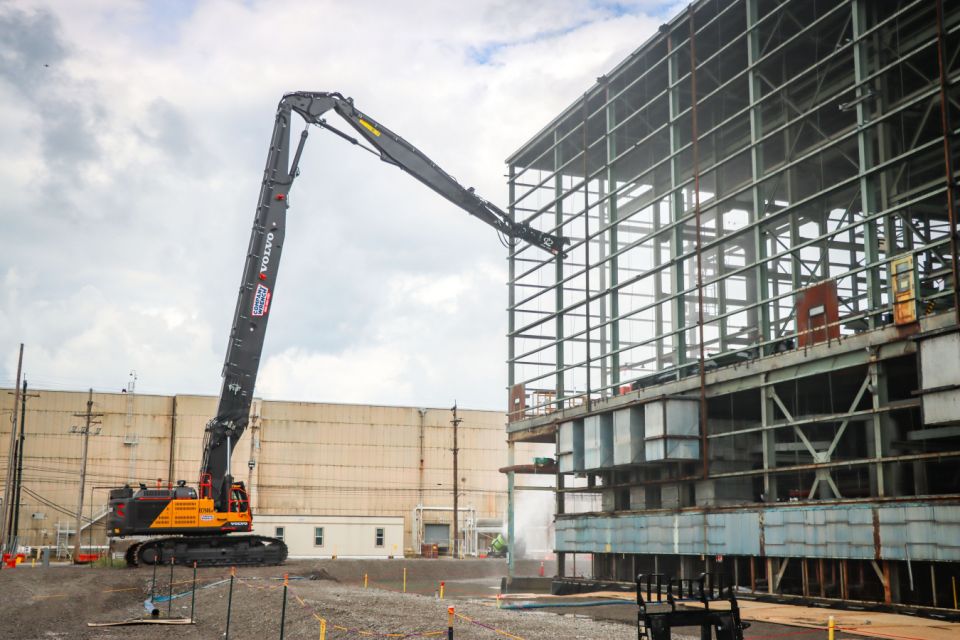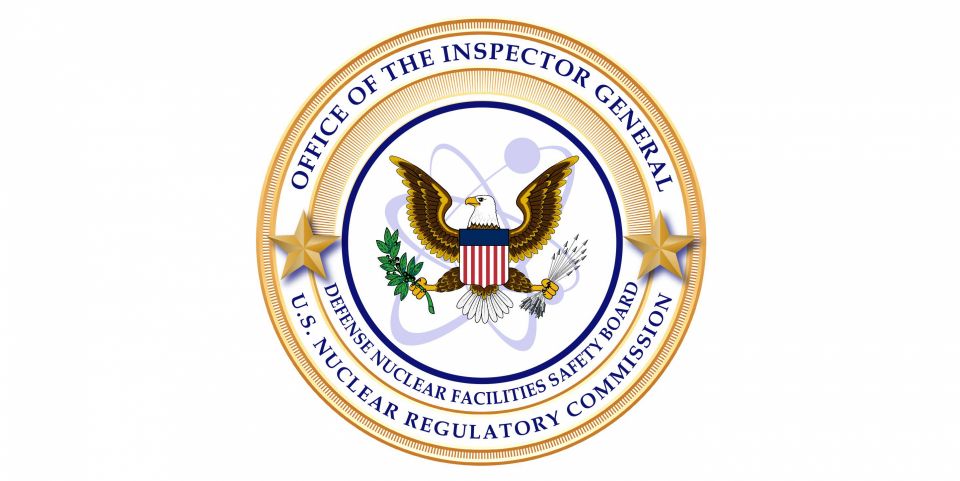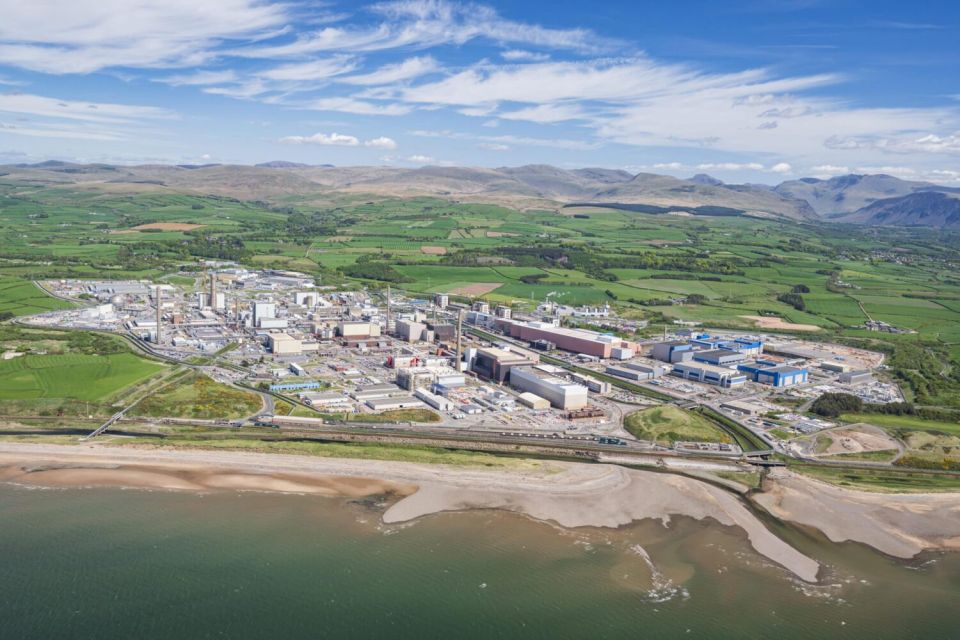The award was originally given to Saxton Nuclear Experimental Corporation (SNEC) in 2003. Saxton's decommissioning activities, including the removal of radioactive and hazardous industrial materials, demonstrate the successful remediation and restoration of the site. During the fall of 1998, the SNEC Facility reactor vessel, steam generator and pressurizer were successfully removed and shipped to a disposal facility in Barnwell, S.C. This marked the first time an intact reactor vessel was shipped for disposal.
Additionally, Saxton was one of the first nuclear power plants to complete the license termination process under the NRC's revised license termination rule utilizing the MARSSIM (Multi-Agency Radiation Survey and Site Investigation Manual) process.
The site received the ANS Landmark designation for the role this 23-megawatt plant played in nuclear research during its operation from 1962 to May, 1972. The first privately-owned power reactor to use plutonium as fuel, Saxton functioned primarily as a research and training reactor. Its researchers pioneered the use of boron in cooling water to control the chain reaction. Pennsylvania State University and Rutgers University used the reactor to investigate improvements on PWR design, rod cluster control, and chemical shim reactivity control. The plant was located on less than two acres in Saxton, Penn., about 100 miles northwest of Harrisburg.
The ANS Historic Landmark Award identifies and memorializes sites or facilities where outstanding physical accomplishments instrumental in the development and implementation of, and the peaceful uses of, nuclear technology took place. The ANS Historic Landmark Award has been presented to 64 sites and facilities since 1985. Recognized nuclear landmarks across the globe include the Experimental Breeder Reactor I, the Isomedix Inc. Morton Grove Irradiator, USS Nautilus and Cogema La Hague Plant.

-3 2x1.jpg)







